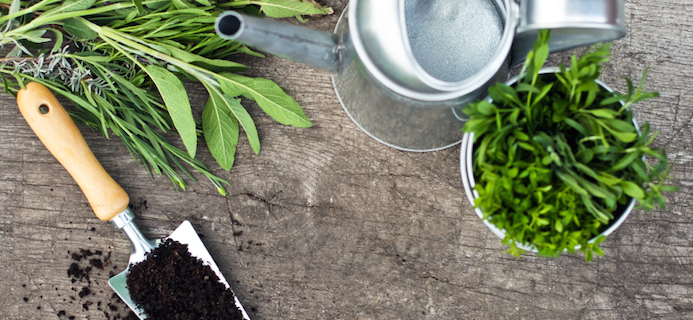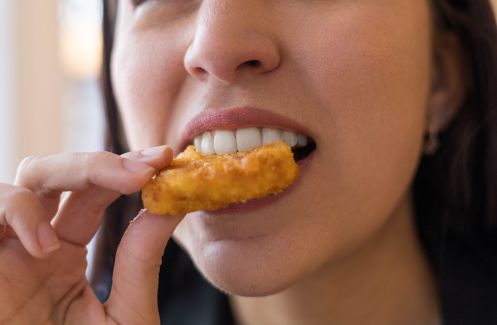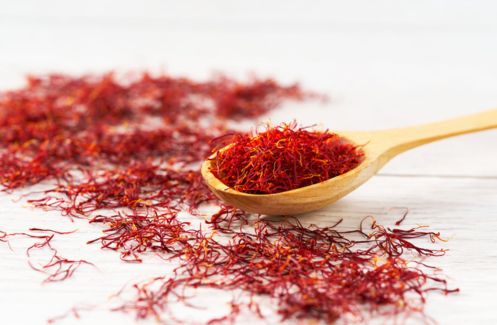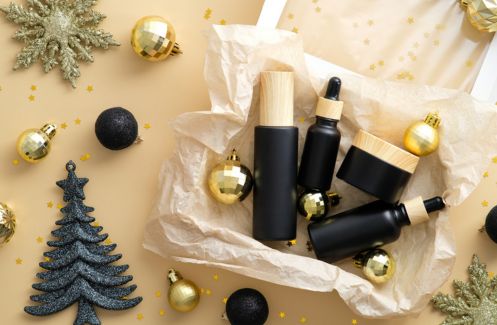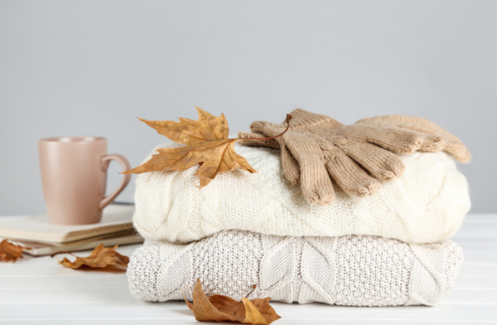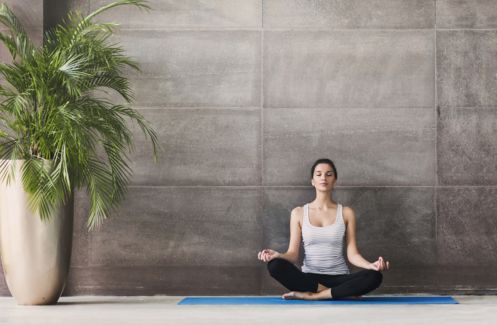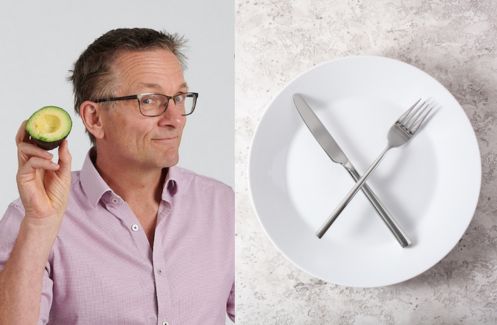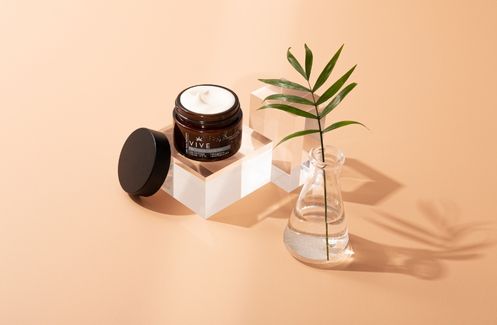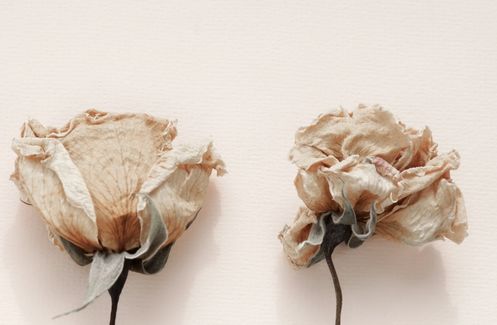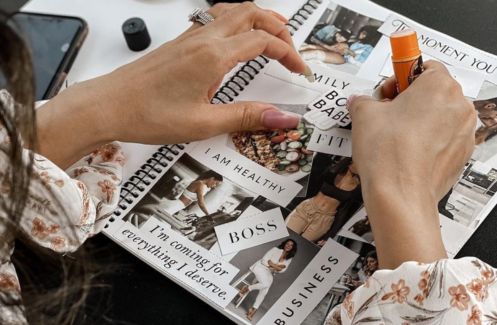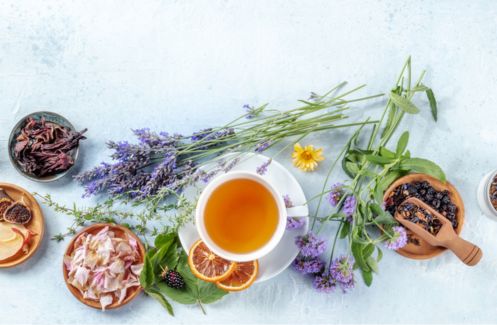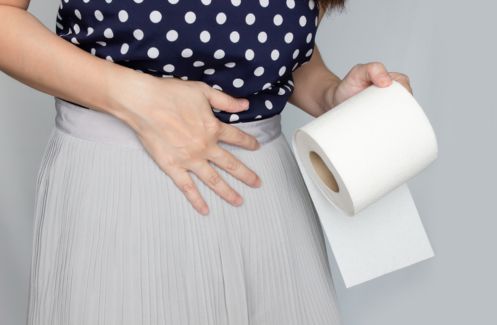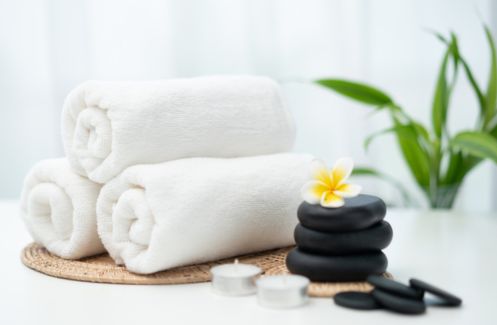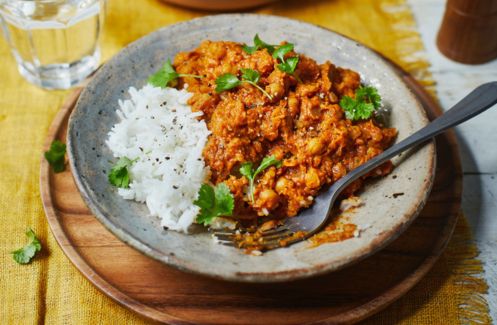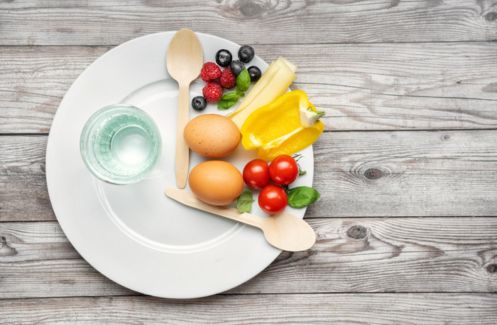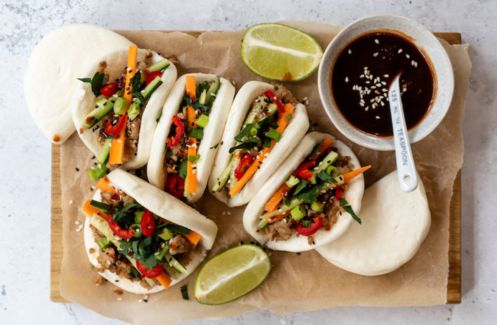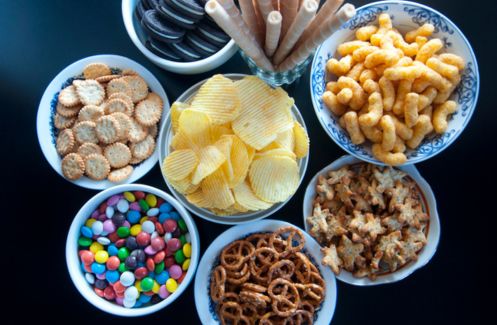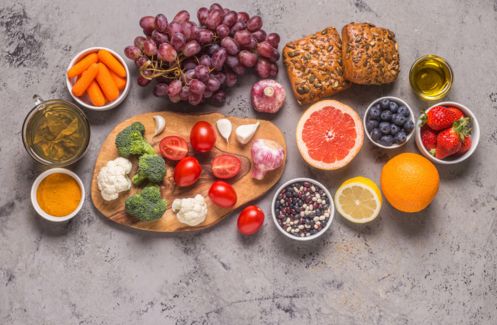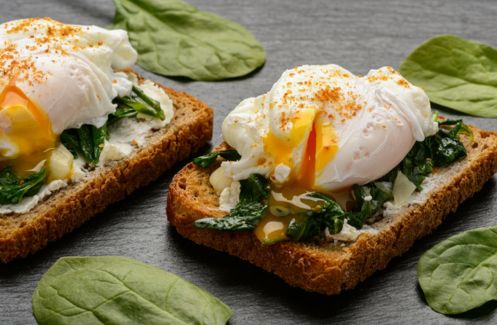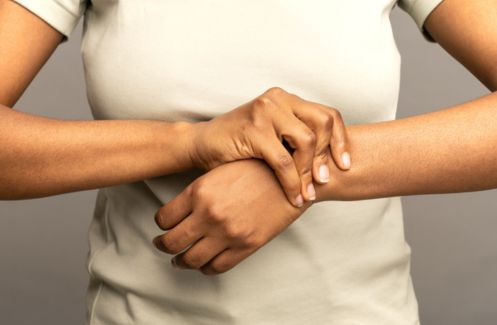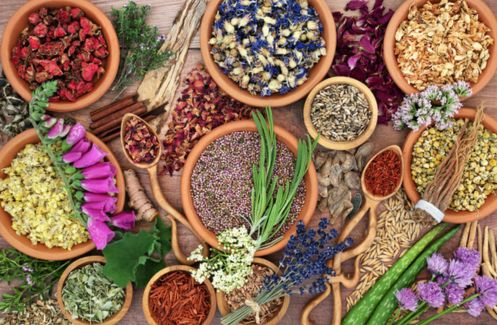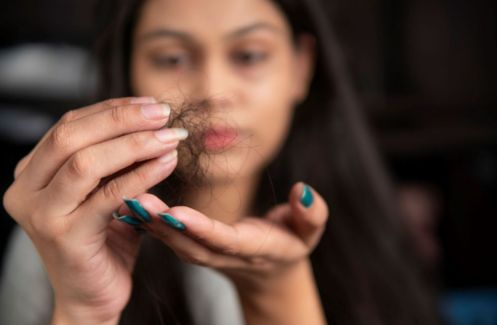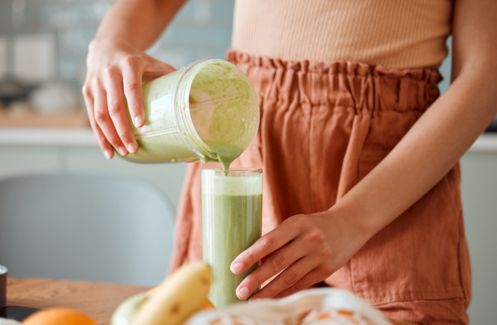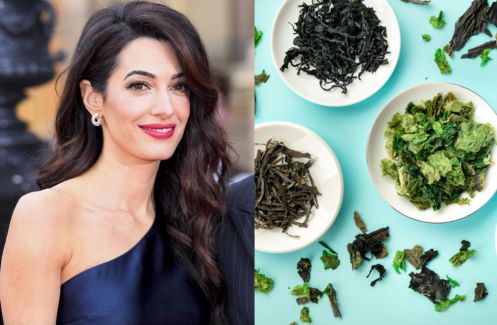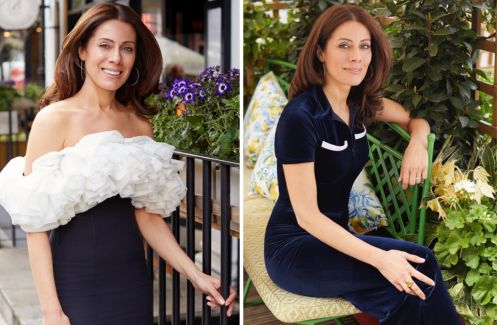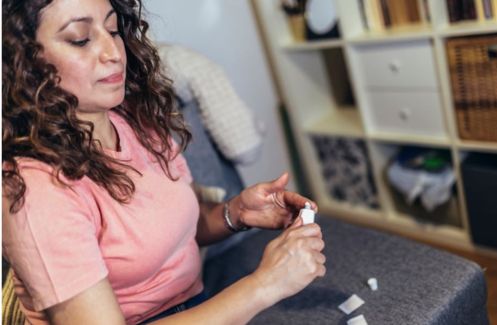Want to grow your own vegetables and herbs but think you haven’t got the patience, nous or space? Kathy Slack, co-founder of glutsandgluttony.com has the starter kit you need
Allotmenting has undoubtedly shaken off some of its fusty image over the past few years. But for many, especially city-dwellers, growing your own food is still the preserve of retired folk with moth-eaten jumpers, tales of wartime allotments and sheds.
if you’ve ever thought there was a suppressed Tom or Barbara Good lurking within you, then here’s how to get growing in any environment.
We imagine it will take up hours at the weekend and that it requires in-depth understanding of what can often seem a frankly baffling horticultural world. Most of all we assume we have to have space, lots of it – and space is something of a luxury for a mostly urban population.
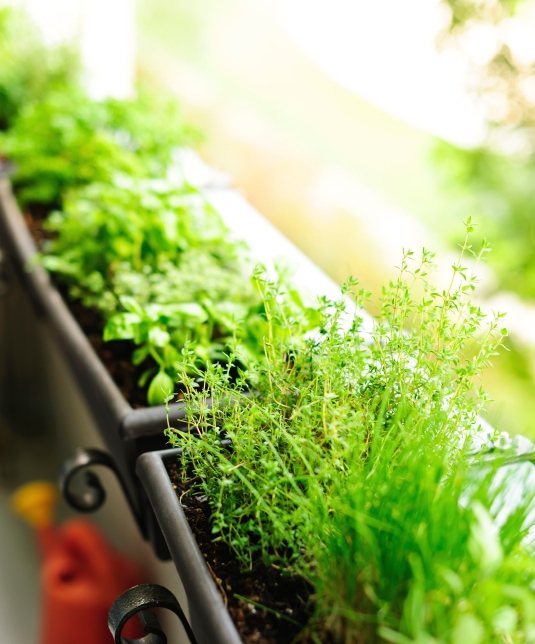
But it’s really not so. Choose your crops carefully and with barely an hour a week, little more than a balcony for space and only a modicum of knowledge you can grow your own supper. So if you’ve ever thought there was a suppressed Tom or Barbara Good lurking within you, then here’s how to get growing in any environment.
1. Get the basic kit
If you’re growing on a windowsill, balcony or backyard you don’t need much, but what you do get will make a huge difference to your growing success. Here is my shopping list of basics:
- Multi-purpose compost. This is what you’ll be growing in. Look for organic and peat free. If you’ve space to buy a big bag then it’s much cheaper that way. Store it in a dry dark place or put a bin bag over it if it’s outside so the soil doesn’t get wet.
- Plant pots You’ll need a hole in the bottom of all your pots so the water can drain out (and therefore a saucer or tray underneath to catch the water if you’re growing inside). Old terracotta ones look pretty but they are porous so the plant dries out more quickly than with plastic. Plastic is cheaper and more practical, but look for recycled options if you can.
- Watering can Unnecessary. A big jug is fine for most established plants (I’ve used a wine bottle in the past…). You do need to water baby seedlings quite gently though as the weight of the water can damage them. I like to use a hand triggered spray bottle to mist the soil with water instead. You can use an empty cleaning product spray bottle but soak it in boiling water first. Any chemical residue will kill the plants before they’ve even got started.
- Tarpaulin mat This is useful if you’re short on space. You can do all your planting up on the mat then just scoop it up and avoid getting soil all over everything.
- Labels When you plant something you can’t imagine you’ll ever forget what it is, but I promise you it happens. Get a bag of labels and mark each pot with the variety and the date you planted it.
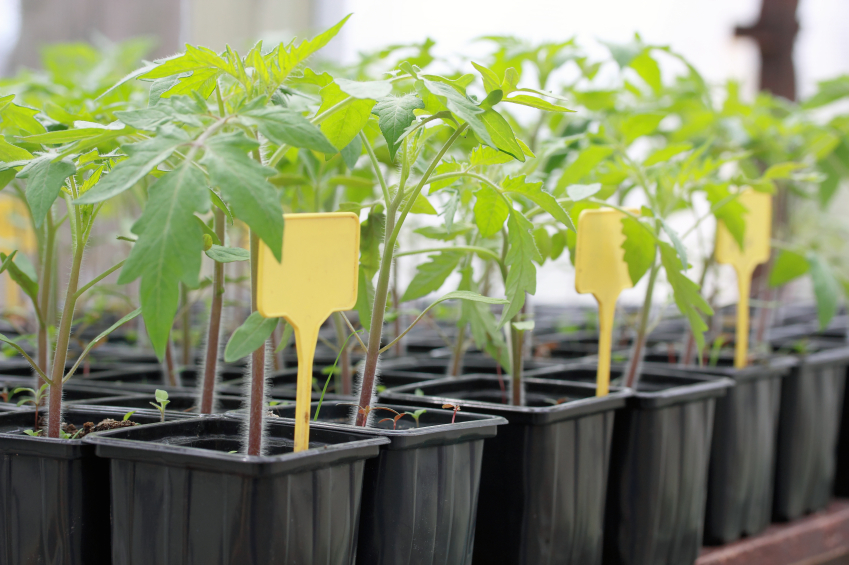
2. Grow salad crops
Bagged salad is expensive and it usually ends up wilting at the back of the fridge anyway. You can buy a packet of mixed salad leaf seeds for £1.99 and you’ll get at least 4 harvests from it. Cheaper and tastier!
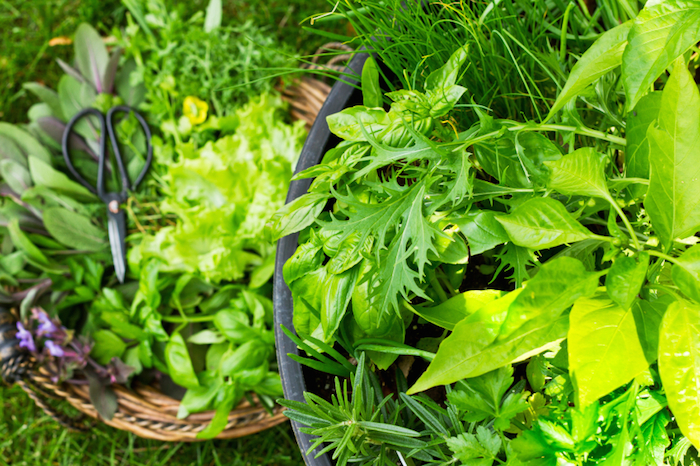
All the seeds companies sell Cut and Come Again seed mixes which you just sow and watch grow. I like Unwin’s lettuce mix which has quite easy, bolt resistant (that is, they will focus on growing leaves not flowers) varieties in it.
To grow them you’ll need a large (about A4 size) plastic seed tray with holes in the bottom. Fill the tray with compost up to about 2cm from the top. Scatter the seeds over the compost. Sow quite thinly – about 5 seeds in every square inch should do it. Next, sprinkle a 5mm layer of compost over the seeds and soak the soil with water using your spray bottle.
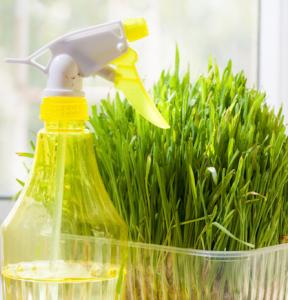
Place the tray on a windowsill with an old tea tray underneath to catch water, soil etc…. and wait. Use your spray bottle to water daily.
Once the leaves have grown you can cut them as you need them with scissors. The plant will reshoot two or three times before it dies so you’ll have your own slab of salad for several weeks.
On a warm sunny windowsill you should be able to sow seeds anytime between March and October. In cooler spots, stick to May – September for best results.
3. If you have a sunny balcony or yard, grow courgettes
Courgettes are a terrific beginner plant. They are heavy croppers, easy to grow and pest free. Courgettes come in two types – creepers and bush varieties. Creepers weave about all over the place like vines, so it’s bush varieties you want. ‘Defender’ is the classic and super tasty, but ‘Green bush’ and ‘British Summertime’ are good staples too.
Courgettes are a terrific beginner plant – easy to grow and pest free
The easiest way to grow courgettes if you don’t have much time to tend them is to plant them directly into the soil in early May. Take a large deep pot (at least 30cm diameter), fill it with fresh multi-purpose compost and plant three seeds 3cm deep and about 15cm apart. Water well. In around 3-4 weeks you’ll have little seedlings.
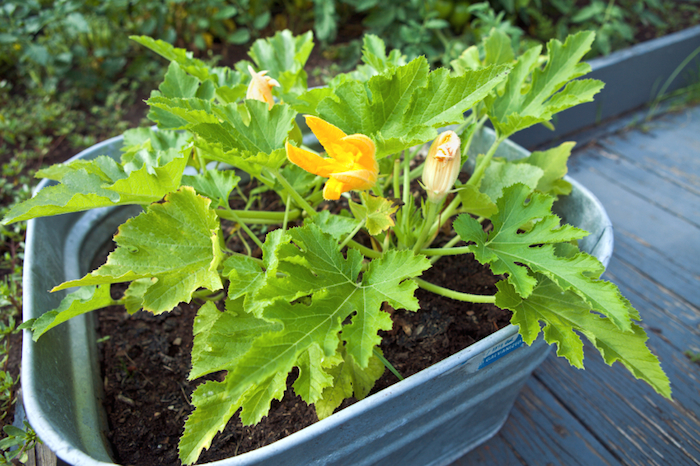
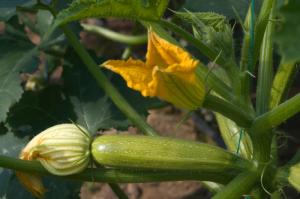
Now for the brutal part – you must pick the weakest plants and pull them up, leaving one strong plant. If the plants are small, discoloured, damaged or have misshapen leaves then these are the ones to weed out. It takes courage to pull up what seedlings you have lovingly grown, but if you leave them all in none will grow well. It’s a life lesson! Now you have your strong plant, keep it well watered (a litre a day won’t be too much) and watch it grow. As it matures, remove any damaged or yellowing leaves with a sharp knife, but that’s about it for maintenance. From August you can just enjoy the harvest and don’t forget to keep picking the courgettes – the more you pick, the more the plant will produce.
4. Grow a chilli plant
If you are at all concerned with food miles, then chillis are always going to be troublesome. Growing them yourself is the perfect solution and they’re wonderfully simple too. I love ‘basket of fire’ and ‘super chilli’ (specially bred for container growing) which you can buy as a seed, but most garden centres sell little plug plants of many chilli varieties as well which is an excellent alternative.
If growing from seed, in mid-April, fill a 20cm plant pot with compost and sow 4-5 seeds around the centre of the pot roughly 2cm apart. Cover with a sprinkling of compost and mist well. To help the seeds warm up, stretch some cling film over the pot and prick a few holes in it. This raises the temperature of the soil thus encouraging germination. As soon as you see signs of life from the seeds, remove the cling film.
As the seedlings reach about 5cm high you’ll need to pick your favourite child and weed out the others leaving one strong plant. Be brave! Keep watering 2-3 times a week and watch it turn into a big bush of red fruit.
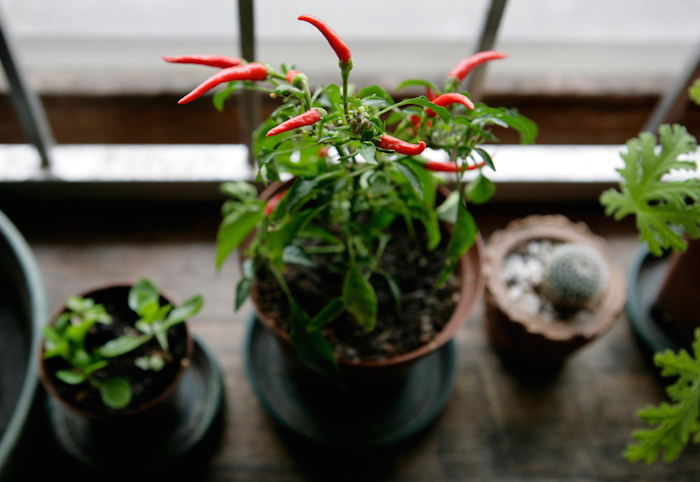
Occasionally, chilli plants are attacked by green-fly – flocks of little green aphids will cluster around the new growth of the plant and nibble away, eventually killing it in the worst instance. Should these beasties descend, you can wipe them off with a damp cloth or spray the plant with a very weak solution of Fairy liquid and water. Green-fly are all fat and dishwasher liquid dissolved fat so it’s pretty gruesome but effective… who ever said gardening was sedate?
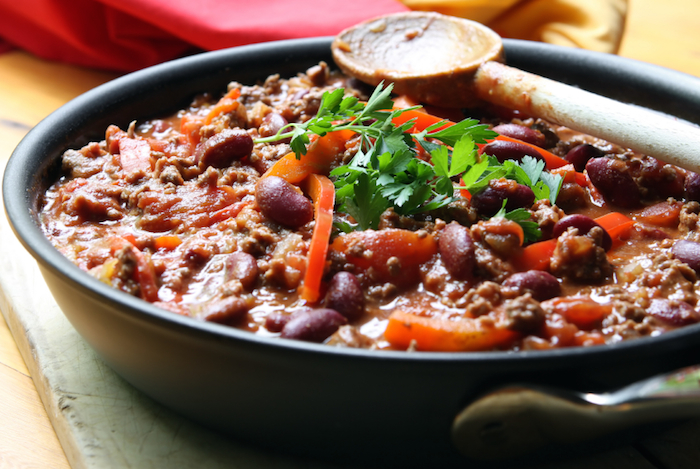
By September time, when you harvest the crop, pop them in a bag and freeze them so you don’t waste anything. There’s nothing more satisfying than using your own homegrown chilli on a January evening when you need a comforting chilli con carne.
5. Avoid the following…
Once you’ve got the bug, it’s hugely tempting to browse the seed packet aisles of the garden centre and buy everything. I’m like a kid in a sweet shop in a seed aisle. But resist. If you grow on a balcony or windowsill and you are a beginner with little time there are some things you really want to avoid:
– Herbs from seeds It’s pointless in my opinion. They need greenhouses to get started. Better to buy small pots of parsley, coriander, basil and chives and tend them on the windowsill. Avoid dill altogether – if you can make it grow, you’re a better grower than I am.
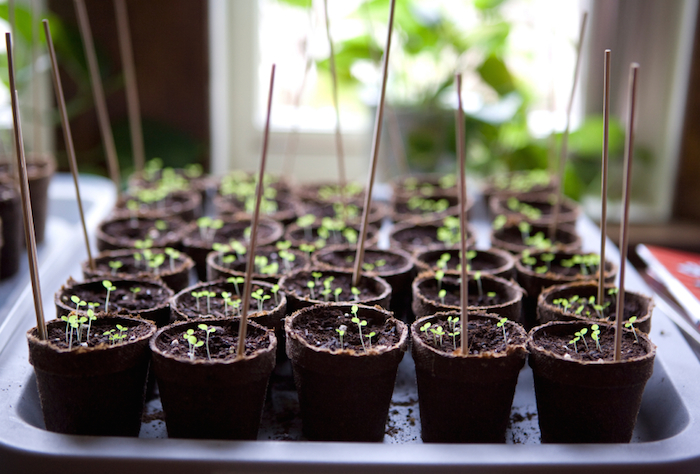
– Vine tomatoes Tomatoes are a terrific crop in containers but they take some skill, quite a bit of time and lots of staking as they grow tall. If you’re feeling confident then opt for a tumbling shrub variety like ‘Tom Thumb’ and grow it in a hanging basket in full fun.
Avoid herb seeds – buy small pots of parsley, coriander, basil and chives and tend them on the windowsill instead
– Potatoes Garden centres will encourage you to grow potatoes in specially designed black sacks on a balcony but again, they take time and commitment and to be honest the results aren’t much different from what you buy for pennies in the shops. And for me, growing you own is all about great taste you can’t buy.
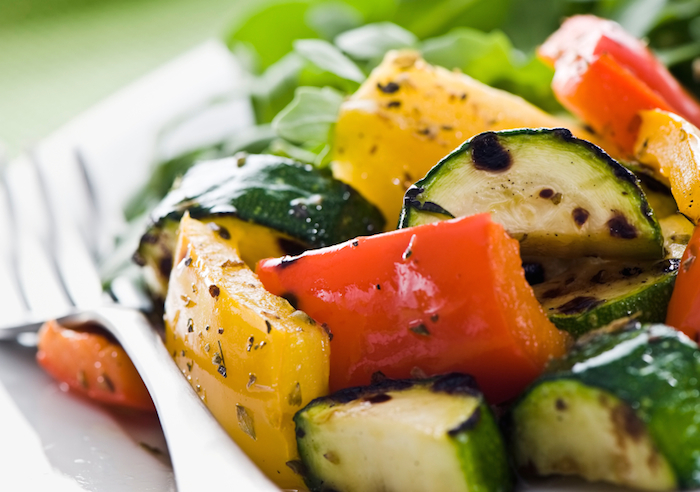
Celebrate – and eat – your success!
But by far the most important thing about growing your own is to savour your successes. The growing bug is truly catching when you sit down to a supper of home grown courgettes with just-picked salad leaves. However humble the crop is, nothing is quite so satisfying as eating a meal that you grew from little more than a palm full of seeds – heaven.
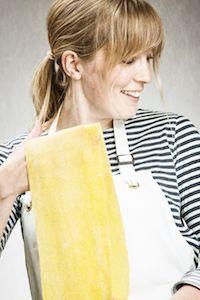 Kelly Slack is a food blogger, private cook, allotmenteer and founder of the brilliant website glutsandgluttony.com. She is passionate about local, organic, seasonal produce and good honest food. She writes about the gluts from her veg patch and the gluttony that ensues in her kitchen. You can visit her website, facebook, instagram, and twitter for more on both her gluts and gluttony.
Kelly Slack is a food blogger, private cook, allotmenteer and founder of the brilliant website glutsandgluttony.com. She is passionate about local, organic, seasonal produce and good honest food. She writes about the gluts from her veg patch and the gluttony that ensues in her kitchen. You can visit her website, facebook, instagram, and twitter for more on both her gluts and gluttony.
Like this article? Sign up to our newsletter to get more articles like this delivered straight to your inbox.



